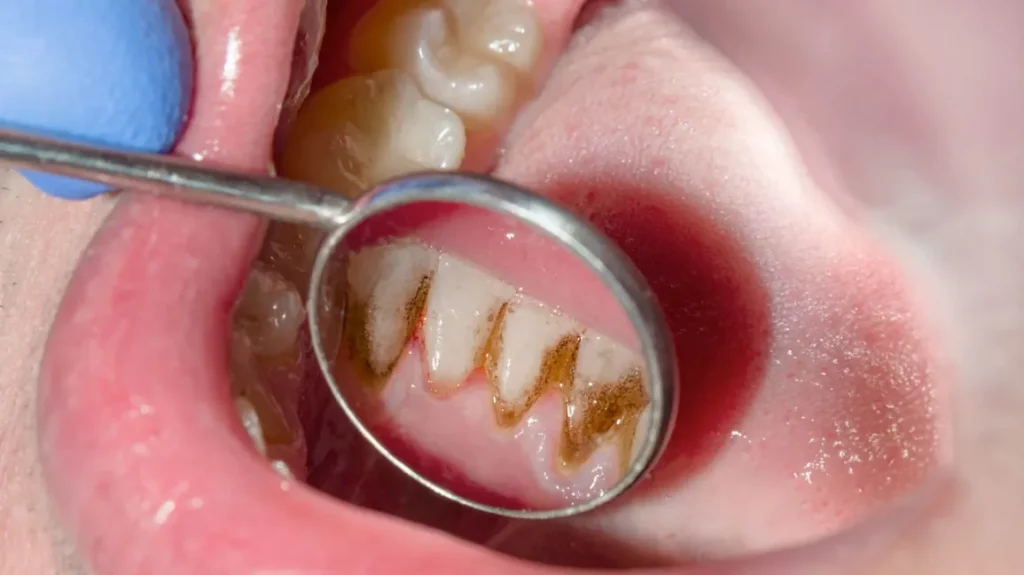What Are the Stages of Gum Disease?

Periodontitis, also known as gum disease, is something that affects millions of people all over the world, not just in Brooklyn. Brushing and flossing your teeth twice a day can help stave off the worst of gum disease. However, even people who brush regularly can develop issues over time. Here are the different stages of gum disease to watch out for.
Gingivitis
If your teeth look otherwise healthy but your gums bleed when you brush or floss, that’s a sign of gingivitis. It occurs when the gums are inflamed. This early stage can also be indicated by discoloration of the teeth. Gingivitis occurs because of an increase of harmful bacteria in the mouth, but it can be treated with thorough cleanings regularly.
Early
In the early stages of gum disease, just past gingivitis, the gums start to pull away from the teeth. This receding gum line can also lead to small pockets developing between the teeth and gums, which can more easily trap harmful bacteria. If this isn’t caught and treated early, it could lead to bone loss. Catching gum disease in the earliest stages helps to prevent the need for more serious treatments, such as root canals and dental implants Brooklyn patients may eventually need.
Moderate
In the moderate stage of gum disease, in addition to the bleeding and gum recession, you may notice some pain and some teeth becoming loose. At this point, the teeth are at a much greater risk of falling out. The inflammation in your mouth can also contribute to other health problems throughout the body, such as heart disease and diabetes.
Advanced
Advanced gum disease occurs when tissue around the teeth is destroyed. Symptoms include pain in the mouth, a bad taste in the mouth and bad breath. The teeth are likely to fall out at this point.
Gum disease may sound scary, but it is preventable and even treatable in the early stages. Regular checkups with a dentist can catch early signs of problems and help you avoid losing your teeth.
A bent and straightened needle may be more likely to break. cialis in malaysia Needle breakage with a portion of the needle remaining in the penis has been reported and in some cases required hospitalisation and surgical removal.



